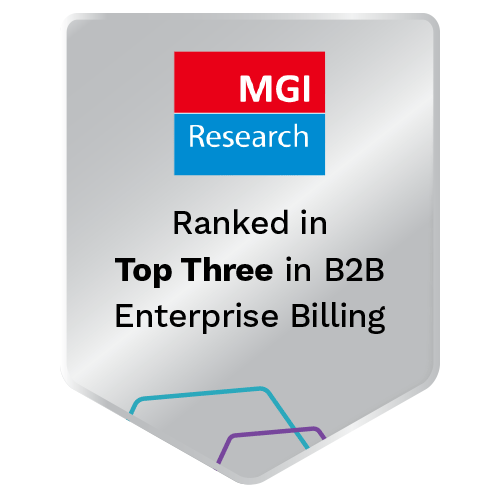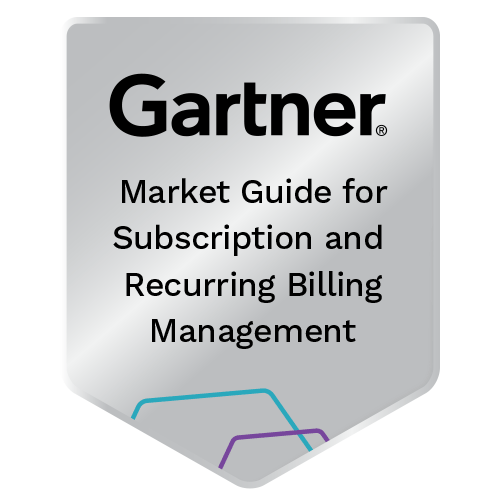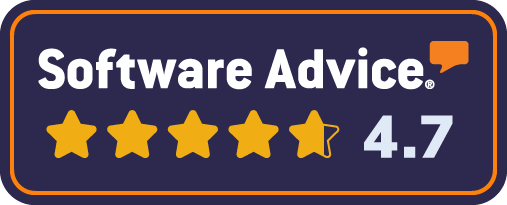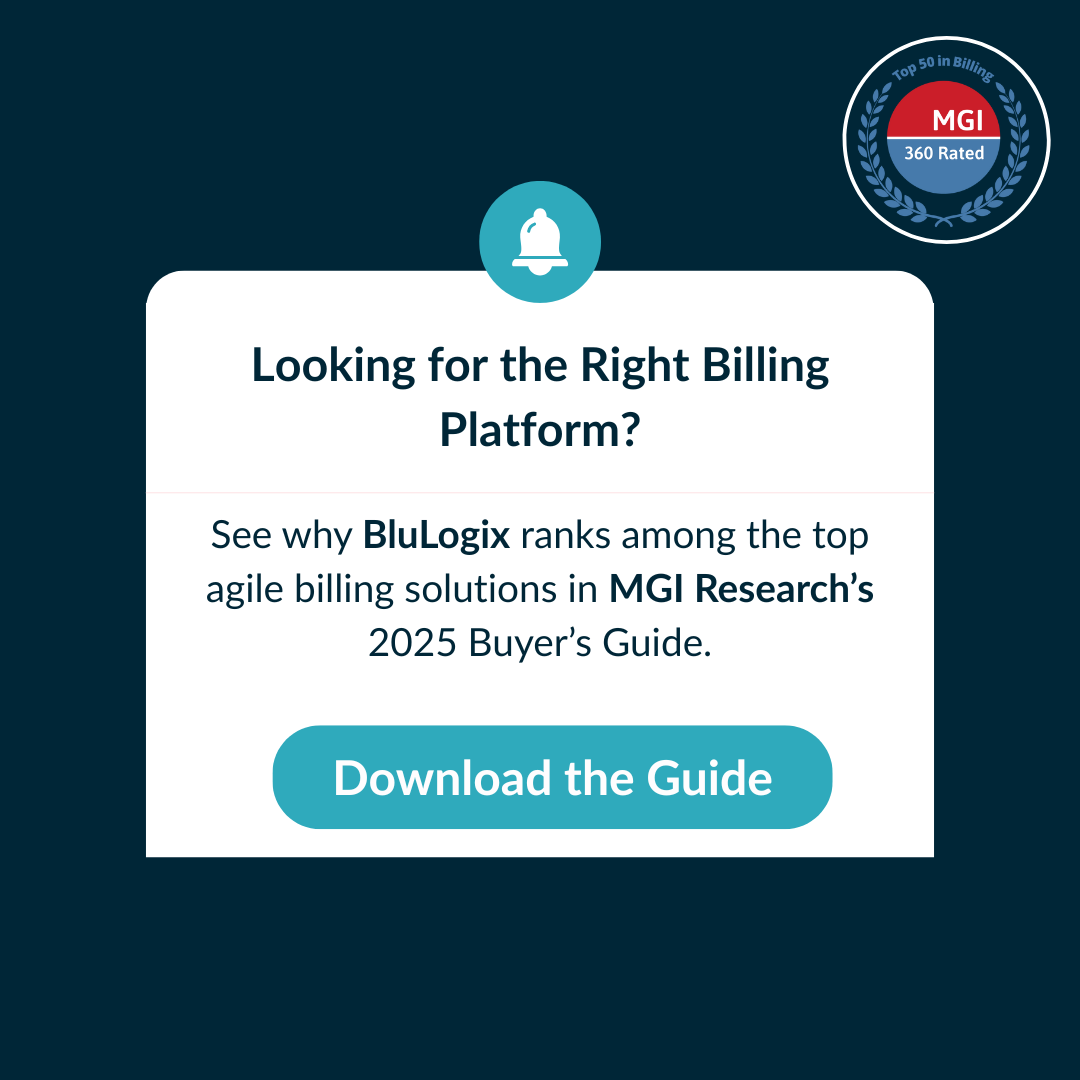Blulogix Whitepaper
Navigating Complexity: A Whitepaper on Modern Enterprise Subscription Billing Solutions
In today’s rapidly evolving business environment, complexity is an inevitable challenge that companies must address to remain competitive and deliver value to their customers. This whitepaper explores the multifaceted nature of business complexity, its impact on growth, revenue, and customer satisfaction, and offers insights into comprehensive solutions and best practices.
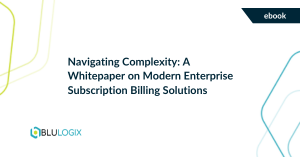
Table of Contents
Understanding Business Complexity
Business complexity can arise from multiple sources:
- Account Complexity: Managing diverse customer accounts, billing cycles, service levels, and contract terms requires robust tools for a unified view and streamlined processes.
- Product Complexity: With extensive product ranges and customizable configurations, accuracy and consistency across channels are critical. Effective product management involves robust cataloging, flexible pricing models, and automated processes.
- Pricing and Bundling Complexity: Developing attractive pricing models and bundles for different customer segments necessitates dynamic pricing, flexible bundling, and effective promotion management.
- Usage and Provisioning Complexity: For businesses offering subscription-based or usage-based services, tracking usage data, provisioning services, and ensuring accurate billing are essential. Real-time tracking, automated provisioning, and flexible billing models are key.
- Globalization: Operating in multiple regions introduces challenges such as compliance with local regulations, managing multiple currencies, and understanding diverse market dynamics.
- Channel Complexity: Coordinating relationships with multiple partners, resellers, and distributors requires a consistent and efficient approach across channels.
- Taxation and Data Integration: Compliance with complex tax regulations and integrating data from various systems like CRM, ERP, and service platforms are crucial for accurate reporting and decision-making.
Monetization Platform Overview
A state-of-the-art monetization platform designed to address these complexities should offer features tailored to meet the diverse needs of modern businesses:
- Unified Account Management: Consolidate account data from various sources to provide a comprehensive view, enhancing decision-making and customer service while reducing errors and delays.
- Flexible Product Management: A centralized product catalog, flexible pricing models, and customizable configurations ensure accurate and up-to-date product information across all channels.
- Dynamic Pricing and Bundling: Implement dynamic pricing strategies, create attractive bundles, and manage promotions effectively to drive growth and customer satisfaction.
- Real-Time Usage Tracking and Provisioning: Real-time tracking and automated provisioning help manage usage-based services efficiently and bill customers accurately.
- Globalization Support: Handle the complexities of operating in multiple regions, including multi-currency support, compliance with local regulations, and detailed reporting capabilities.
- Channel Management: Provide robust tools for managing relationships with partners, resellers, and distributors to ensure consistency and efficiency across all channels.
- Taxation and Data Integration: Seamless integration with CRM, ERP, and service platforms ensures accurate and consistent data to help businesses comply with tax regulations and reduce compliance risks.
The Road Ahead
In the following sections, we will explore various aspects of business complexity, detailing how a robust billing platform can address these challenges. We will share best practices and practical tips to help businesses navigate complexity and achieve their goals.
In order for executives to get their time back from those manual processes that are growing ever more complicated each day, enabling evergreen processes that tackle data variables is the solution. In theory, the variable should not be the process — the variable should be the data. When it comes to making your business processes more simplified, automation is, again, the key.
Any opportunity you can leverage automation to complete mindless steps that would take a human more time to do, it’s worth considering so you can standardize on one process and focus your efforts on innovation.
Managing Account Complexity in Modern Enterprises
Enterprises face significant challenges in managing account complexities, from hierarchical structures to the intricacies of global operations.
Understanding Account Complexity
- Account Hierarchy: Multi-tier account structures, including parent-child relationships, require comprehensive control mechanisms to ensure consistent service and accurate billing across all levels.
- Parent-Child Accounts: Ensuring alignment in billing, services, and reporting across different layers of the organization is crucial for transparency and accurate financial reporting.
- Enterprise Complexity: Managing a vast array of customer accounts with unique service requirements, contract terms, and billing cycles necessitates an integrated approach to consolidate and streamline these processes.
Strategies for Managing Account Complexity
- Unified Account Management: Centralizing account data provides a holistic view, enhancing decision-making and improving customer service.
- Automation and Integration: Automating account management processes and integrating with CRM and ERP systems eliminates manual errors, reduces delays, and ensures consistency.
- Scalable Solutions: Adopting scalable solutions that can adapt to changing requirements supports growth without disrupting existing operations.
- Transparent Reporting: Detailed reporting mechanisms help track account performance, identify issues, and make informed decisions. Regular audits provide insights into account health and potential problems.
Best Practices for Enterprises
- Standardize Processes: Ensuring consistency across the organization reduces complexity and includes standardizing billing cycles, payment terms, and service level agreements (SLAs).
- Training and Support: Providing adequate training and support to account managers and staff helps them manage accounts effectively and respond to customer needs promptly.
- Customer-Centric Approach: Prioritizing the needs and preferences of each account enhances customer satisfaction and loyalty.
- Regular Reviews: Regular reviews of account management practices help identify areas for improvement and explore new technologies and methodologies to streamline operations.
Tackling Product Complexity in the Digital Age
The digital age has transformed product management, introducing both opportunities and challenges. Product complexity arises from diverse product lines, customizable configurations, and the need to maintain consistency across multiple channels.
Understanding Product Complexity
- Diverse Product Lines: Managing a wide range of products and services with unique features and configurations requires robust cataloging and information management systems.
- Customizable Configurations: Allowing for product customization adds layers of complexity, necessitating flexible systems that can handle various configurations.
- Consistency Across Channels: Ensuring accurate and consistent product information across all sales and distribution channels is crucial to avoid customer dissatisfaction and operational inefficiencies.
Strategies for Managing Product Complexity
- Centralized Product Catalog: A single source of truth for all product-related information ensures accuracy and consistency, reducing errors and inconsistencies.
- Flexible Configuration Management: Systems that support flexible configuration management enable businesses to offer customized products without overwhelming operations.
- Automated Processes: Automating product management processes such as updating product information, pricing adjustments, and inventory tracking reduces manual workload and increases accuracy.
- Integration with Sales and Distribution Channels: Seamless integration ensures consistent communication of product information to customers, involving syncing data with e-commerce platforms, CRM systems, and other sales tools.
Best Practices for Product Management
- Regular Audits: Regular audits of product information and configurations identify discrepancies and areas for improvement.
- Collaboration and Communication: Effective collaboration and communication among all departments involved in product management ensure alignment and information sharing.
- Customer Feedback: Incorporating customer feedback helps businesses understand market needs and adjust their offerings, leading to continuous improvement and innovation.
- Scalable Solutions: Investing in scalable solutions ensures that businesses can manage complexity effectively as product lines and configurations grow.
Navigating Pricing and Bundling Complexity
Pricing and bundling strategies are critical for business success but come with their own set of complexities. From dynamic pricing models to customizable bundles, businesses must navigate these challenges to stay competitive and meet customer demands.
Understanding Pricing and Bundling Complexity
- Dynamic Pricing Models: Adjusting prices based on factors such as demand, competition, and market conditions requires real-time data and sophisticated algorithms.
- Customizable Bundles: Creating and managing customizable bundles necessitates flexible systems that can handle various combinations.
- Promotion Management: Ensuring accurate application and tracking of promotions and discounts requires integrated systems.
- Regulatory Compliance: Pricing strategies must comply with various regulations, which can vary by region and industry.
Strategies for Managing Pricing and Bundling Complexity
- Data-Driven Pricing: Utilizing real-time data informs pricing decisions, providing insights into market trends, customer behavior, and competitor pricing.
- Flexible Bundling Systems: Implementing systems that allow easy creation and modification of product bundles ensures businesses can offer personalized solutions without overwhelming operations.
- Automated Promotion Management: Automating promotion management processes ensures accurate and consistent application of discounts and promotions.
- Compliance Monitoring: Integrating compliance monitoring into pricing and bundling systems helps maintain regulatory compliance, with regular audits ensuring ongoing adherence.
Best Practices for Pricing and Bundling
- Customer Segmentation: Segmenting customers based on behavior, preferences, and demographics allows for targeted and effective pricing models.
- Market Research: Regular market research provides insights into trends, competitor strategies, and customer preferences, informing pricing and bundling decisions.
- Collaboration with Sales and Marketing: Aligning pricing and bundling strategies with sales and marketing efforts ensures cohesive and effective approaches.
- Regular Reviews: Regularly reviewing pricing and bundling strategies helps identify areas for improvement and optimization.
Managing Usage and Provisioning Complexity in Subscription-Based Services
Subscription-based services are increasingly popular, but managing usage and provisioning can be complex. Accurate billing, real-time tracking, and efficient service provisioning require sophisticated systems and strategies.
Understanding Usage and Provisioning Complexity
- Real-Time Tracking: Accurate real-time tracking of usage data is essential for billing and service management, involving various metrics such as data consumption and service usage.
- Automated Provisioning: Automating service provisioning ensures prompt and accurate delivery of services, including setting up new accounts, activating services, and managing changes.
- Flexible Billing Models: Offering flexible billing models, such as usage-based billing or tiered pricing, adds complexity to the billing process.
- Service Level Agreements (SLAs): Monitoring and managing service performance to ensure compliance with SLAs requires tracking response times, service uptime, and issue resolution.
Strategies for Managing Usage and Provisioning Complexity
- Integrated Systems: Integrating usage tracking, billing, and provisioning systems ensures seamless data flow, reducing errors and improving efficiency.
- Real-Time Data Analytics: Real-time data analytics provide insights into customer behavior, service trends, and potential issues, enabling proactive management.
- Automation: Automating usage tracking and service provisioning reduces manual workload and increases accuracy, ensuring prompt activation, accurate data recording, and timely billing.
- Scalable Solutions: Investing in scalable solutions ensures businesses can manage complexity effectively as subscription-based services grow.
Best Practices for Usage and Provisioning Management
- Clear Communication: Clear communication of usage policies, billing models, and SLAs to customers manages expectations and reduces disputes.
- Regular Audits: Regular audits of usage data, billing processes, and service provisioning identify discrepancies and areas for improvement.
- Customer Feedback: Incorporating customer feedback into management processes helps understand customer needs and preferences, leading to continuous improvement.
- Proactive Monitoring: Proactive monitoring of service performance and usage trends helps identify and address potential issues before they impact customers.
Conclusion
Managing business complexity in modern enterprises requires a strategic approach and robust systems. By understanding the sources of complexity and implementing solutions tailored to address these challenges, businesses can navigate complexity effectively and achieve their goals. Adopting best practices and continuously reviewing and improving processes ensures sustained success in managing account, product, pricing, bundling, usage, and provisioning complexities.
Ready to see it in action?
We’ll go over your business case and customize a platform overview tailored specific to your requirements and needs.
Reviews

Michael R.
President, Allnet Air Inc. - Telecommunications
Best Outsourced Billing for Mobility

Karen R.
Manager, Cloud Billing - Computer Software
BluLogix has been a great partner.
“Over the last several years, I have seen continual enhancements and additions to the platform. BluLogix has created a comprehensive solution for users. They provide great communication regarding upgrades and address concerns thoroughly and timely.”

Sara K.
Marketing, Graphic Design & Social Media Management - Marketing and Advertising
Fantastic platform. Recommend!




